Parabolic dew point calculation
If you still use a vapour diffusion calculation and you get a linear cooling as a result, you can ignore it completely. These are programs from the 70’s, where you hit the dew point in the centre of 4 cm insulation. Today houses have to be energy neutral or even passive with 20 – 30cm insulation. Then the centre of the construction really doesn’t get over the dew point anymore.
NEN-EN-ISO 13788 is a European norm in which the Glaser method is explained.
Sick Building Syndrome (SBS)

Do you suspect that you’re getting sick in your house or office, than this is possibly because of present mold. Mold in buildings product toxic substances (mycotoxins) which are harmful for your health. Keeping a house dry and ventilating minimally is therefore absolutely necessary.
Limits of water absorption of façades

When does a facade absorb too mech water?
It’s very simple. When there is damage because of leaking rain water, there is always something wrong and the limit is met. The quantity of absorbed water which leads to damage is always too much.
High vapour pressure goes to low vapour pressure
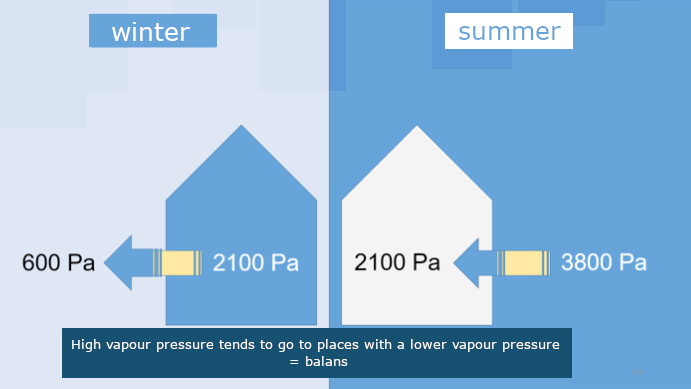
A higher vapour pressure always goes to places where the vapour pressure is lower. When you blow up a balloon and let is go untied, it flies through the room. This is kind of the same.
Reduce more than 2.000.000 tons CO2 without insulating
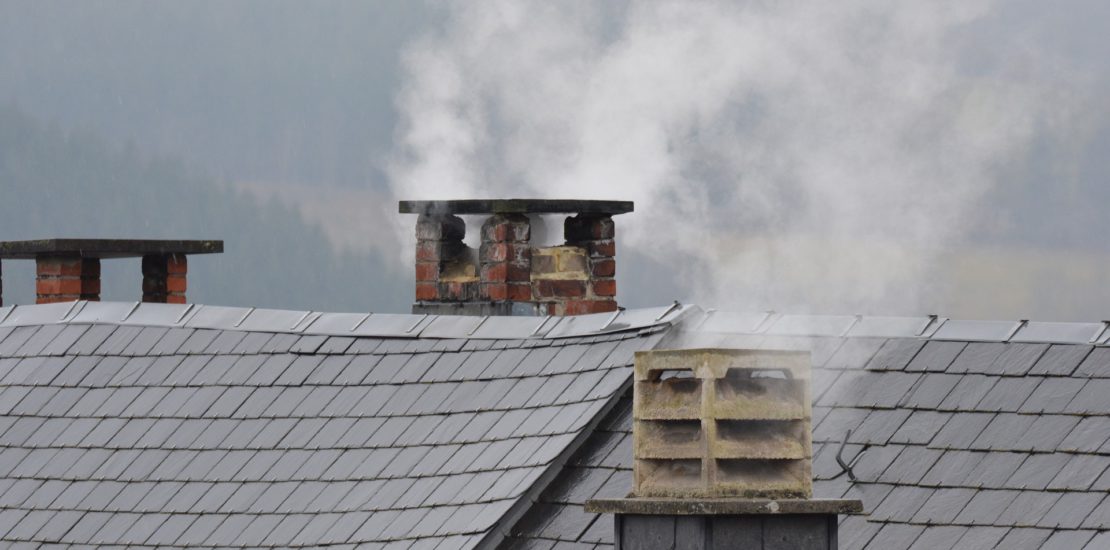
An average house has a CO² emission of 22 tons per year per household, whereof 4 ton because of heating. In an average house there can be saved 30% easily on heating. This by dealing with moisture problems so no more moisture needs to be absorbed or discharged.
Moisture costs 20% of value house

When you want to buy a house with moisture problems, calculate a deduction of 1 à 2% of the value of the house. On average this is enough to fix the posed moisture problems completely.
With a house of € 300.000 this is € 6000. Usually there isn’t more needed to take the causes of the moisture away for good.
Constructing vapour open or tight?
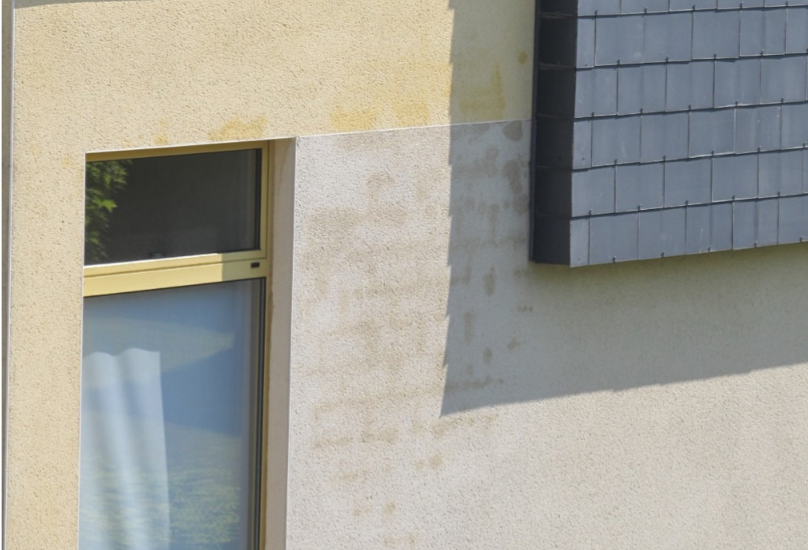
Old buildings used to be vapour open. With hearth fire your belly was warm and your back was frozen in winter. This hearth needed a lot of air to guide the smoke into the chimney. Candles bent because of this draught.
Drying time winter vs summer

Every big moisture problem needs a drying time of maximum 2 months in summer and maximum 3 months in winter. Measure again after this drying time and you can determine whether the taken precautions are sufficient or whether there is still a third cause present.
Rising damp
A fragment from the training “Moisture control before 2021” by Eddy Cruysberghs. Rising damp is NEVER the cause of a moisture problem.
See all our trainings given online.
The warmer, the more moisture

Per degree in temperature increase the air absorbs a whopping 6,25% more moisture. This doesn’t seem much but between 18°C and 22,6°C both at 50% relative humidity, this is an increase of 32,80%.
Where in the past the comfort temperature in a house in winter was +18°C, today it is +22,6°C.
The ten year liability

Article 1792 of the Civil Code stipulates that when a building lapses by a fault in the construction, the architect and the contractor are liable for 10 years. Article 2270 CC provides that the architect and the contractor are discharged from their liability involving the major works that they have carried out or led in the course of ten years.
Hidden defects after sale
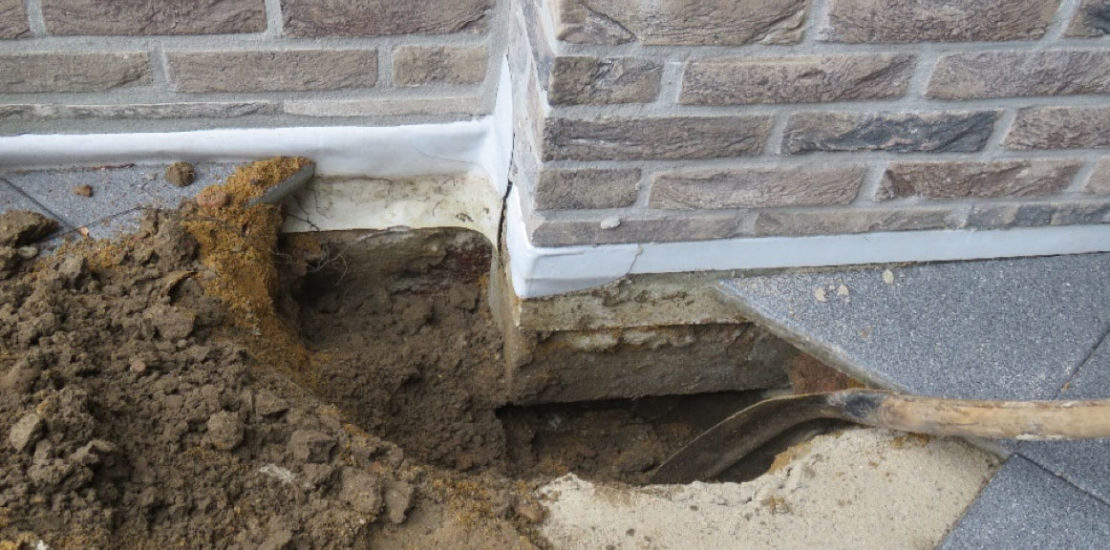
When buying a house the buyer can expect the house to meet the reasonable expectations he has set. The matter – for example a house or apartment – does not comply with the agreement if it does not has the qualities that the buyer could expect on grounds of the agreement. Then it’s a matter of – judicially speaking – non-conformity, or a “shortcoming” or a “fault”.
Detaching of concrete
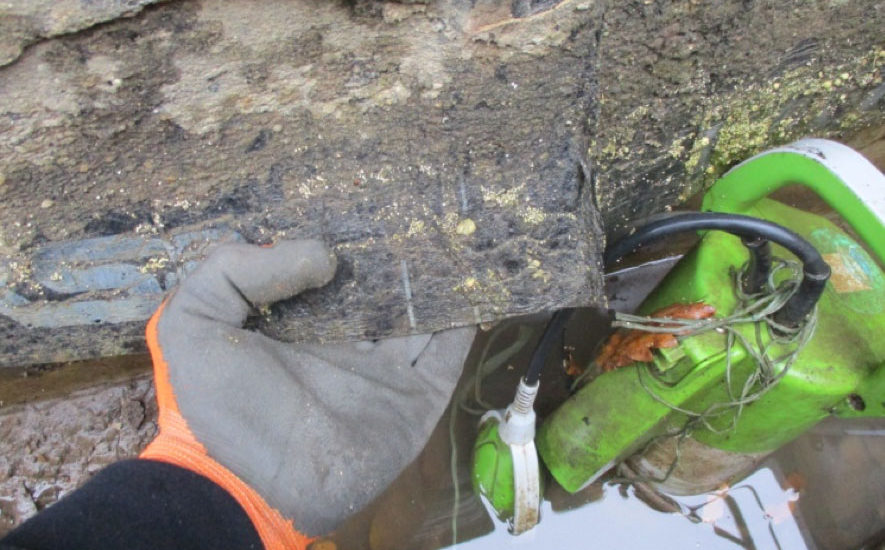
Burned roofing and other materials have to make sure the ground level zone is waterproof. In practice these often detach from the surface, especially after a (strong) winter. The consequence of this is rain water runs laterally inside by a saturated ground level zone.
92% of all cavity walls are incorrectly post-insulated
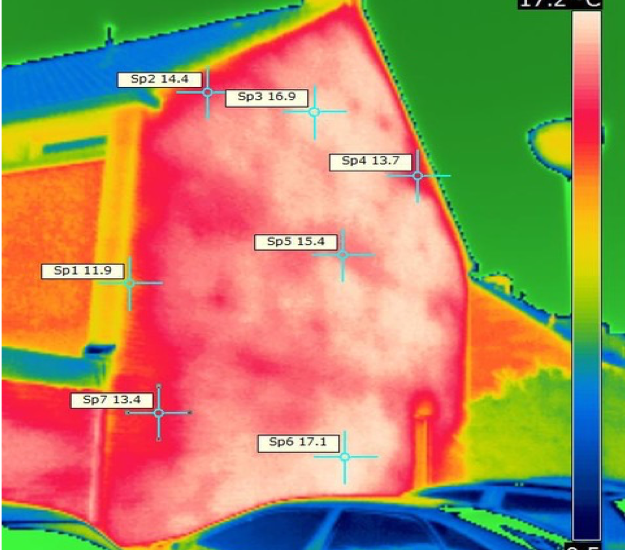
Post-insulating cavity walls goes mandatory with hydrophobating the façade stones. This obligation is stated in the Bouwbesluit (NL) and the technical prescriptions of the WTCB (B).
Occupant behaviour as a cause?!
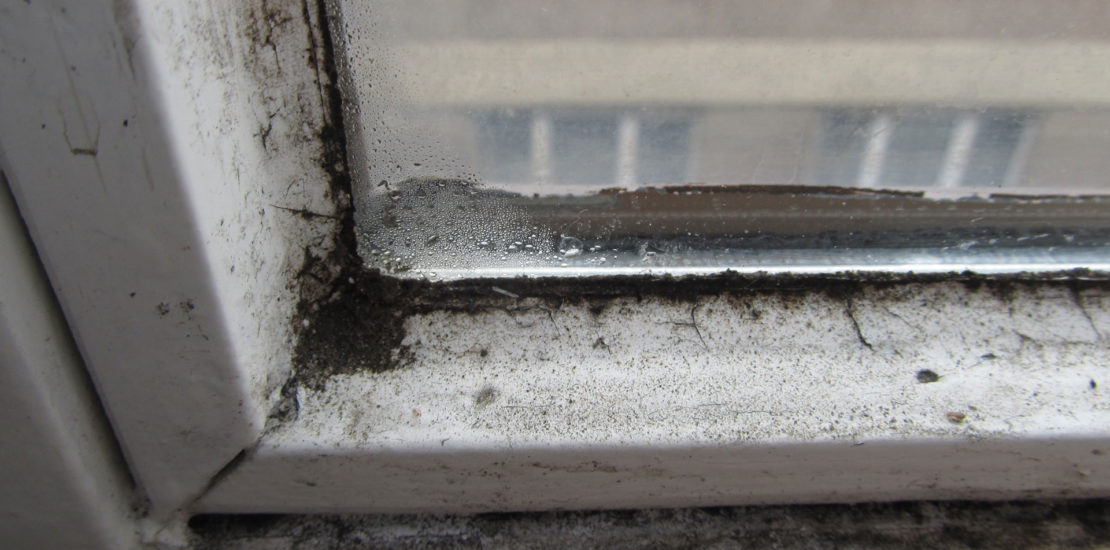
Very often mold and moisture problems are dismissed as occupant behaviour. People say there is too much washing, ironing and cooking going on and there’s too little ventilation. This way you yourself are responsible for the mold in your house or apartment.
Nothing is less true. You yourself can never produce so much moisture so there occurs damage.


